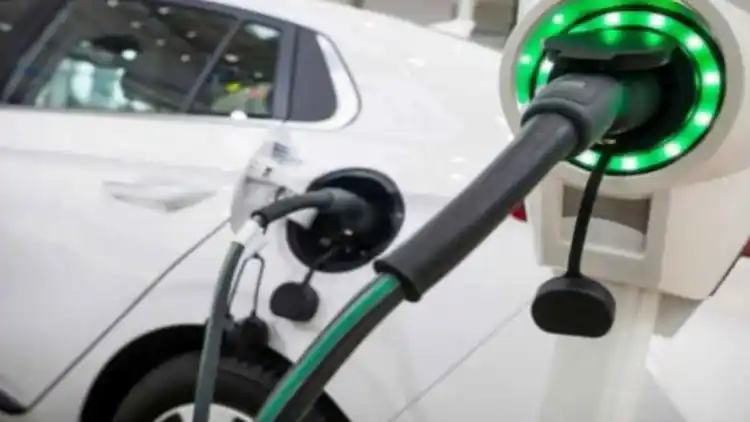- Why the 2010 Honda Civic Remains Popular Now
- Things to Consider When Buying a 2010 Honda Civic
- Maintenance Tips for Longevity
- Availability of Parts and Services
- Is the Honda Civic 2010 Right for You?
- FAQ
Even over 15 years since its launch, the Honda CivicUAE Honda CivicBahrain Honda CivicKSA Honda CivicOman Honda CivicQatar Honda CivicEgypt Honda CivicKuwait Honda Civic 2010 remains a favorite among used car enthusiasts. Famous for its solid construction, reliability, and fuel efficiency, this model continues to prove itself as a smart choice for those seeking dependable transportation. In this guide, we will explore its enduring appeal, common issues, maintenance tips, and whether it's the right car for you today.

Why the 2010 Honda Civic Remains Popular Now
Reliable and Built to Last
The HondaBahrain HondaEgypt HondaKSA HondaKuwait HondaOman HondaQatar HondaUAE Honda Civic 2010 is well-known for its long-lasting performance. Owners often praise its dependability, even after clocking high mileage. Key reasons behind its durability include:
Strong Build Quality: The design and manufacturing ensure longevity.
Low Ownership Costs: Repairs are typically affordable compared to other cars of similar age.
Good Resale Value: Even with its age, it holds its resale worth better than many competitors.
Fuel-Efficient and Practical
One of the biggest advantages of the Civic is its fuel efficiency. Whether you're stuck in city traffic or cruising on highways, it offers excellent gas mileage, making it light on your pocket in terms of fuel costs.
Comfortable Driving Experience
The 2010 Civic provides a smooth and stress-free drive. Its simple controls, agile handling, and compact design make it easy to maneuver, especially in crowded urban areas.

Things to Consider When Buying a 2010 Honda Civic
Though it's aging, a Honda Civic from 2010 can still be a great choice. However, it’s important to keep in mind that older cars require extra attention. Here are some key considerations:
Common Issues to Check
These are some of the most common problem areas to look out for:
Engine Mounts: Worn-out mounts can cause vibrations while driving.
Power Steering Rack Leaks: Leaks can lead to reduced steering performance.
Air Conditioning Problems: Reduced cooling can occur after years of use.
Paint Peeling: Common with older models, particularly darker-colored ones.
Mileage and Service History
Cars with very high mileage are more likely to need repairs soon. Be sure to check the service history to confirm it has been well-maintained over the years. A pre-purchase inspection by a trusted mechanic can save you from unexpected issues.

Maintenance Tips for Longevity
If you decide to own a Honda Civic 2010, proper maintenance is essential to keep it running smoothly. Here are some important tips:
Regular Oil Changes: Stick to the recommended intervals with the correct grade of oil mentioned in the owner’s manual.
Fluid Checks: Periodically inspect and top up essential fluids such as coolant, brake fluid, and transmission fluid.
Inspect Belts and Hoses: Aging belts and hoses can fail and lead to major engine problems; replace them as advised by your mechanic.
Tire Rotation and Alignment: Proper alignment and regular tire maintenance ensure good handling and better fuel economy.
Availability of Parts and Services
One major benefit of owning a 2010 Honda Civic is the availability of parts and skilled technicians:
Parts Supply: Whether you need original components, second-hand alternatives, or aftermarket parts, you're unlikely to face difficulties. Parts for this model are widely available and cost-effective, ranging from AED 50 to AED 300 (SAR 50 to SAR 300) for most common items.
Mechanic Familiarity: The Civic is one of the most popular models, so it's supported by a wide network of mechanics with experience in its repairs.
Is the Honda Civic 2010 Right for You?
Choosing a 15-year-old car comes down to your specific needs. Consider these points before making a decision:
Low Budgets: If you need a reliable and affordable used car, this is an excellent option.
Space Needs: While great for small families, its limited rear-seat space and trunk might not suit larger families or those requiring extra cargo capacity.
Modern Technology: Don’t expect cutting-edge infotainment or advanced safety technologies typical of newer models.
FAQ
Q: What are the most common problems with the 2010 Honda Civic?
A: Typical issues include worn engine mounts, power steering leaks, air conditioning difficulties, and paint peeling. Regular upkeep can address most of these.
Q: Are repair costs for the Civic 2010 expensive?
A: No, repair costs are generally affordable. Spare parts are inexpensive and widely available, making maintenance budget-friendly.
Q: Can I easily find replacement parts for a Honda Civic 2010 in 2025?
A: Yes, parts are readily available through Honda dealerships, car part shops, or online platforms. Remanufactured options are also abundant.
Q: Why does my Civic’s air conditioning sometimes have a bad smell?
A: This is caused by mildew buildup in the A/C system, typically due to a clogged drain hose. Cleaning the A/C system and drain hose should help eliminate the odor.
Read More:
2 / 100













